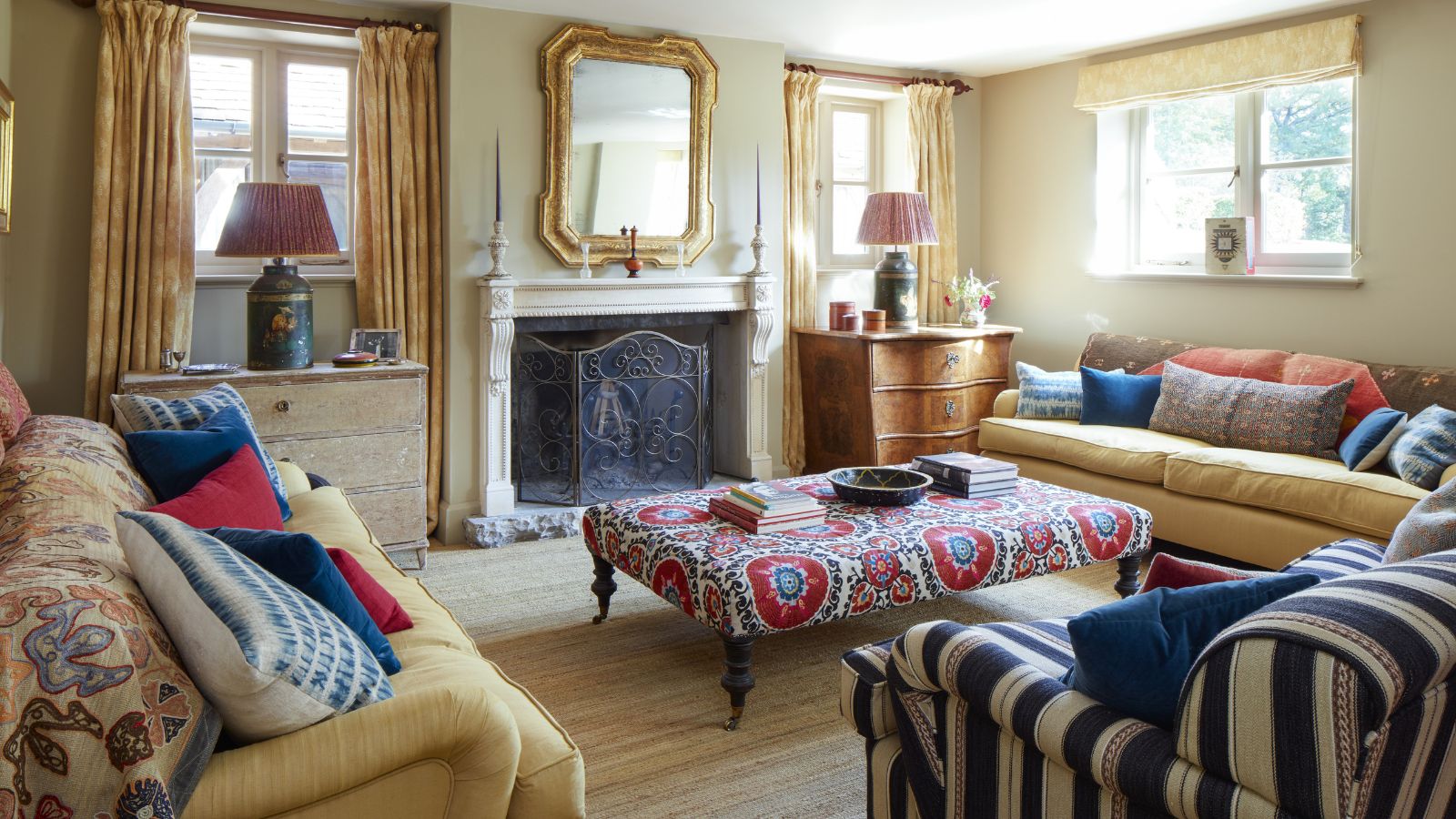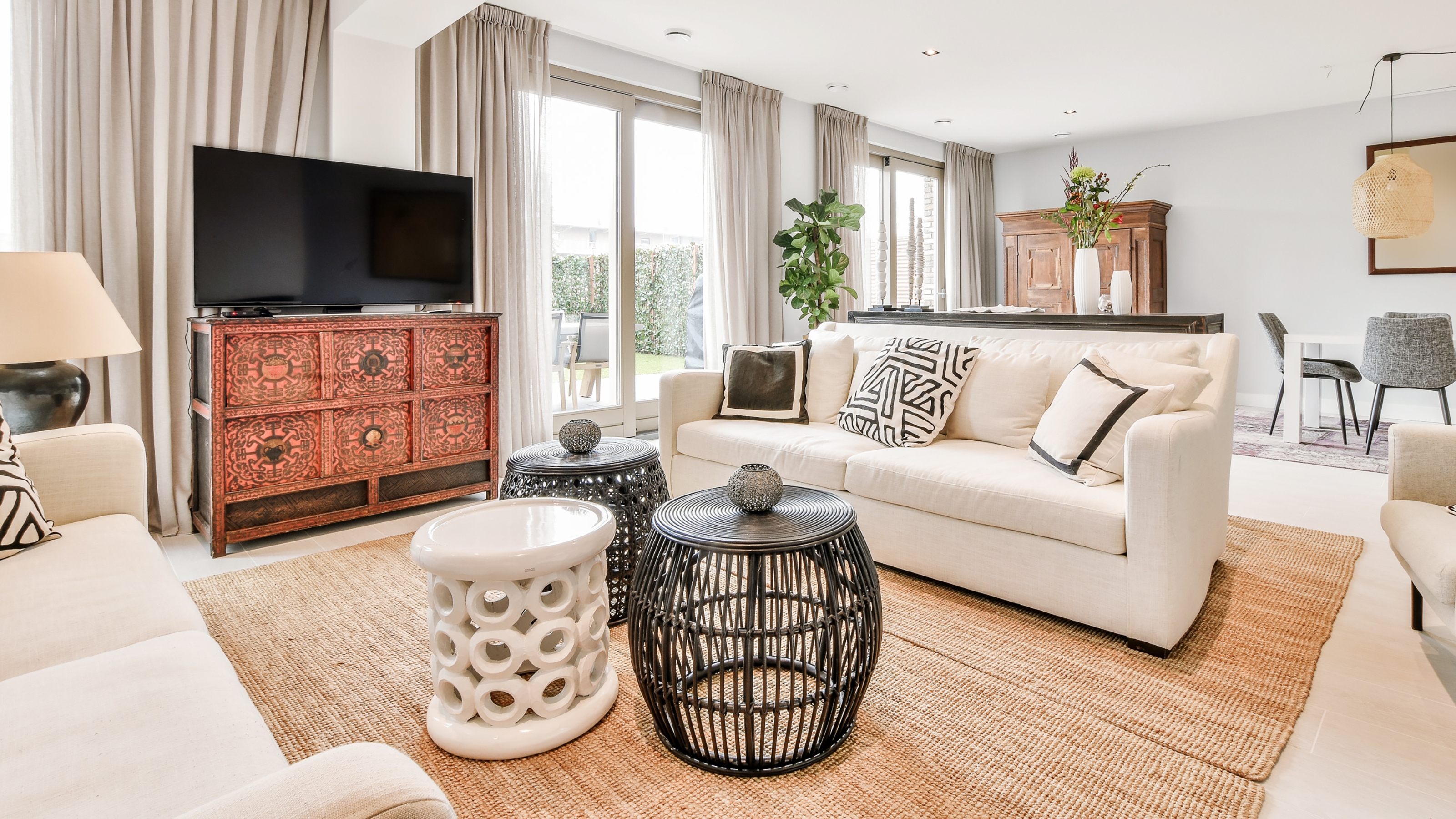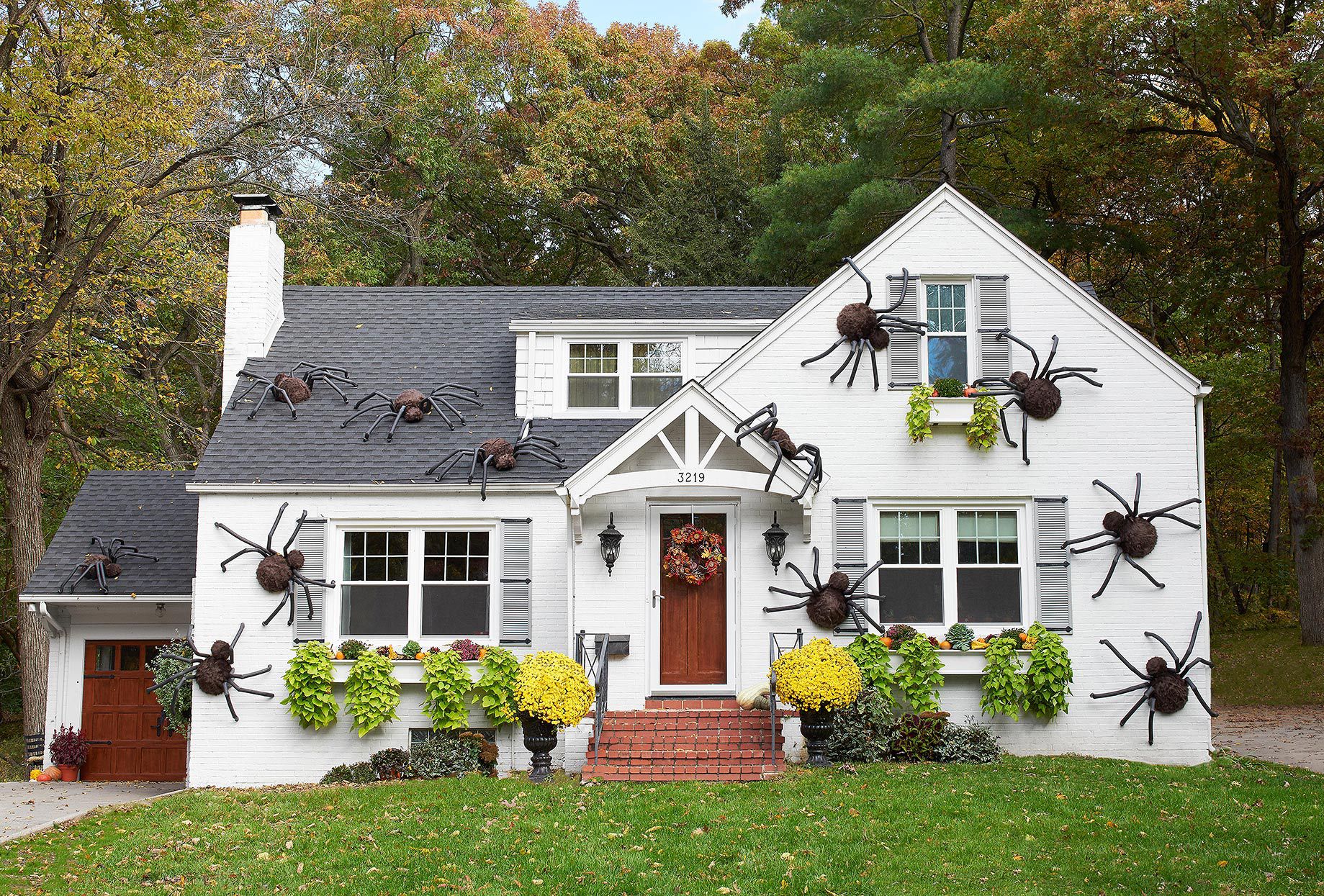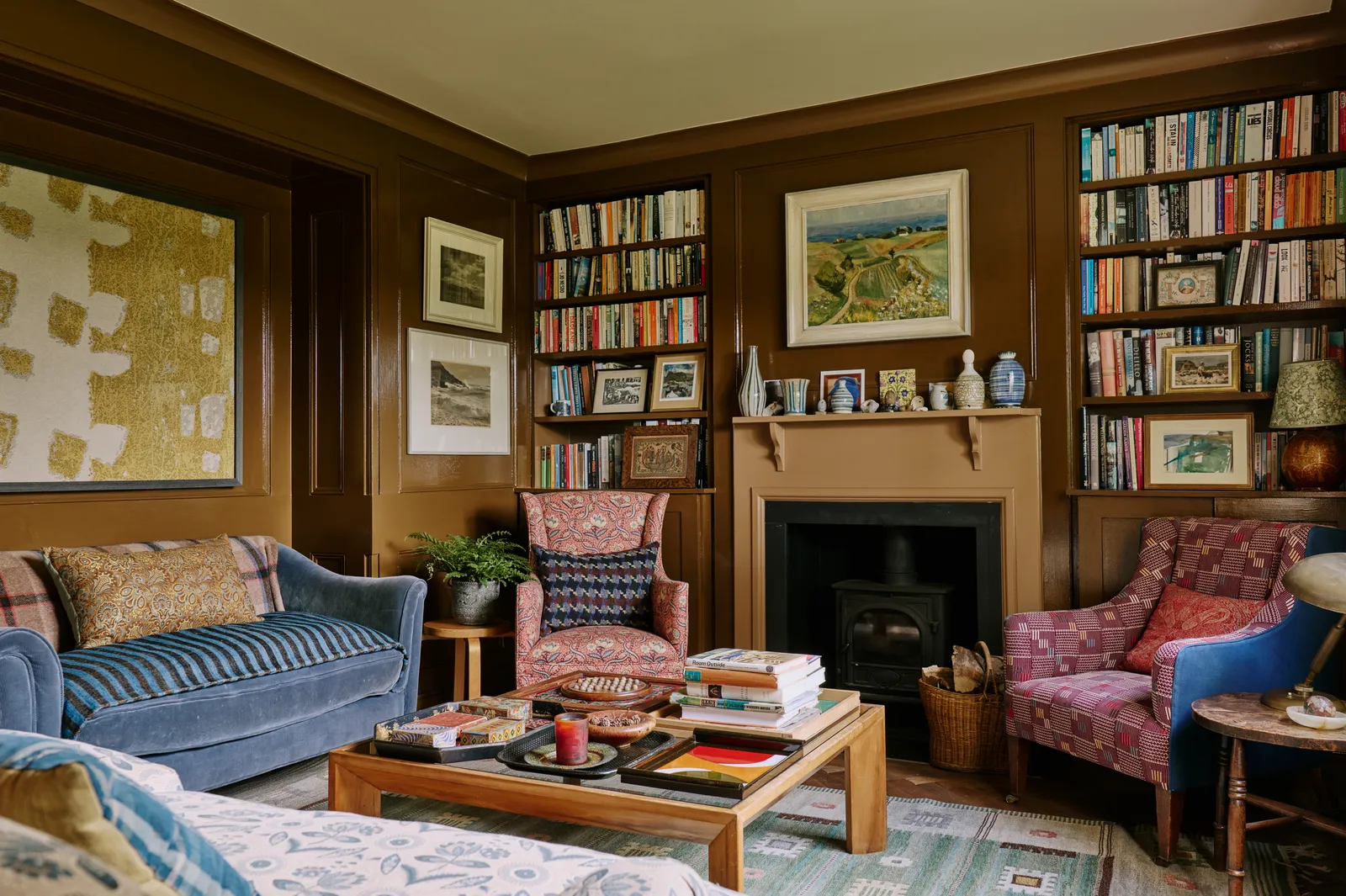How I Update My Wardrobe Each Season
Find out which basic pieces work year after year and how small changes can give you a fresh look without buying everything new.

You know, I've been thinking a lot about my closet lately. Not just because it's getting harder to reach the top shelves—though that's another story—but because I've learned something important over the years. You don't need to buy everything new each season to look fresh and put-together. After raising three kids and watching fashion trends come and go more times than I can count, I've figured out a system that works. It saves money, keeps things simple, and honestly, it's better for the planet too.
Living here in Courtenay, we get all four seasons, though sometimes it feels like we get them all in one week! This means my wardrobe needs to be flexible. I can't just pack away my winter clothes and forget about them—I might need a sweater in July. But I also can't keep wearing the same tired outfits year after year. The trick is knowing what stays, what goes, and what small changes make the biggest difference.
I remember when my daughter asked me how I always managed to look "nice" without spending much money. She was surprised when I told her most of my wardrobe is the same basic pieces I've had for years. The secret isn't buying more—it's buying smarter and knowing how to refresh what you already have. Let me share what I've learned through trial and error, and maybe it'll help you too.
This isn't about following every fashion magazine or keeping up with what celebrities wear. It's about practical choices that work for real life, real bodies, and real budgets. Whether you're heading to work, meeting friends for coffee, or just running errands around town, you can look good without breaking the bank or filling your closet with things you'll only wear once.
The Basic Pieces That Never Change
First things first—let's talk about the foundation. Every wardrobe needs what I call the "reliable friends." These are the pieces that work year after year, season after season. For me, that's a good pair of dark jeans, a couple of white button-up shirts, black pants that fit properly, and a navy blazer. I bought my current blazer maybe eight years ago from a store in Victoria, and it still looks just as good as the day I brought it home.
The key with these basic pieces is quality over quantity. I'd rather save up and buy one really good white shirt that costs a bit more than buy three cheap ones that lose their shape after a few washes. My best white shirt—the one I wear to anything important—cost me about ninety dollars six years ago. At first, I felt guilty spending that much. But when I think about it now, that's less than fifteen dollars a year, and it still looks perfect.
Here in Canada, we need layers. That's just how it is. So my basic pieces include good quality sweaters in neutral colors—grey, navy, black, cream. They go with everything, they keep me warm, and they never look out of style. I have a charcoal grey sweater I bought from a little shop downtown twelve years ago. Twelve years! And people still compliment me when I wear it.
My Basic Wardrobe List: Dark jeans, black pants, white shirts (2), navy blazer, grey sweater, black sweater, cream cardigan, simple black dress
The simple black dress deserves its own mention. I know everyone says you need one, but it's true. Mine is knee-length with three-quarter sleeves. Nothing fancy, nothing too trendy. But I can wear it to a funeral, a wedding, dinner out, or even just to work with a cardigan over it. That's the beauty of basic pieces—they're like a blank canvas.
Small Changes That Make Big Differences
Now here's where it gets interesting. Once you have those basic pieces, you don't need much to make your wardrobe feel completely fresh. I learned this trick from a friend years ago, and it changed everything for me. She said, "Barbara, you don't need new clothes. You need new accessories." At first, I thought she was being silly, but she was absolutely right.
Every season, I pick up maybe two or three small things. In spring, it might be a bright scarf or a new necklace. Summer, maybe a fun pair of earrings or a colorful belt. Fall, I look for scarves again—we use them so much here. Winter, I might treat myself to a new hat or some nice gloves. These things don't cost much, especially if you shop at places like Winners or wait for sales at local boutiques.
Let me give you a real example. Last spring, I bought a silk scarf with yellow and blue flowers on it. Cost me about twenty-five dollars. But you know what? I wore it at least twice a week all spring and summer. I tied it around my neck, wore it as a headband, even tied it to my purse once. That same white shirt I mentioned earlier looked completely different with that scarf. People kept asking if I'd been shopping because they thought my outfits looked new.
Jewelry and Accessories
Jewelry doesn't have to be expensive to be effective. I have some nice pieces my husband gave me over the years, but I also have fun costume jewelry from local craft fairs and even some from discount stores. What matters is that you wear them. I see so many women my age who have beautiful jewelry sitting in boxes. Wear it! That's what it's for.
I rotate my jewelry with the seasons. In winter, I tend to wear silver and darker stones. Spring and summer, I switch to gold tones and brighter colors. It's a small change, but it makes everything feel fresh. And here's something I learned—if you wear the same basic outfit but change your earrings and necklace, most people won't even notice you're wearing the same clothes. They just see that you look put-together.
Shoes and Bags
Shoes are another place where small investments make big changes. I'm not talking about buying expensive designer shoes—my feet and my budget wouldn't allow that anyway. But having a few different styles means you can change up your whole look. I have black flats, brown boots, white sneakers, and one pair of low heels. That's really all I need.
The same goes for bags. I used to think I needed a different purse for every outfit. What a waste of money that was! Now I have three bags—a black everyday bag, a brown one for when I wear earth tones, and a small crossbody for when I don't want to carry much. Each one works with multiple outfits, and I take good care of them so they last for years.
My Seasonal Update Routine
Four times a year, I do what I call my "wardrobe check." It takes maybe an hour, and it helps me stay organized and avoid buying things I don't need. Usually, I do this on a quiet Sunday afternoon with a cup of tea. Here's exactly what I do, and you can copy this system if it sounds helpful.
First, I take everything out of my closet for that season. Yes, everything. It's a bit of work, but it's worth it. I lay it all on the bed so I can see what I actually have. You'd be surprised how many times I've found things I completely forgot about. Last fall, I discovered a burgundy cardigan that still had the tags on it from two years ago. Brand new! That saved me a shopping trip right there.
- Step One: Take everything out and look at each piece. Does it still fit? Is it in good condition? Do I actually wear it?
- Step Two: Sort into three piles—keep, donate, and repair. Be honest with yourself. If you haven't worn it in two years, you probably won't.
- Step Three: Try on anything you're unsure about. Sometimes things fit differently than we remember, especially if our bodies have changed.
- Step Four: Make a list of what's missing. Not what's trendy—what you actually need to fill gaps in your wardrobe.
The repair pile is important. I can't tell you how many good clothes I used to throw away just because a button fell off or a hem came loose. Now I take them to a seamstress downtown, or if it's simple enough, I fix them myself. A missing button doesn't mean the shirt is done. It means it needs a button. That's a five-minute fix that can save you fifty dollars on a new shirt.
When I make my shopping list, I'm very specific. I don't write "new tops." I write "one lightweight sweater in cream or light grey for layering." Being specific helps me avoid impulse buys. If I walk into a store and see a beautiful red jacket on sale, I can check my list and see that red jacket isn't on it. That's how I stay disciplined.
Shopping Smart Without Spending Much
I'm not going to pretend I never shop. Of course I do. But I've learned to shop differently than I used to. When I was younger, I'd go to the mall whenever I felt bored or stressed. That's how you end up with a closet full of clothes and nothing to wear. Now I only shop when I have a specific need, and I stick to a budget.
My budget for updating my wardrobe each season is about one hundred and fifty dollars. Some people might think that's too much, others might think it's not enough. But for me, it works. That's enough to buy one or two quality basic pieces if I need them, plus a few accessories to freshen things up. And remember, I'm not buying a whole new wardrobe—I'm just updating what I already have.
I shop end-of-season sales whenever possible. In March, I look for winter items. In September, I check for summer sales. The selection isn't always great, but when you're looking for basic pieces, it doesn't matter if you're buying last season's style. A white shirt is a white shirt. Black pants are black pants. They don't go out of fashion.
My Favorite Places to Shop in Canada
I've found some great places to shop that don't break the bank. Winners is probably my most-visited store. You have to be patient and dig through the racks, but I've found incredible deals there. Last year, I got a beautiful cashmere sweater for forty dollars that originally cost two hundred. It's one of my favorite pieces now.
Thrift stores are another treasure trove, especially in more affluent neighborhoods. I know some people feel funny about wearing used clothes, but honestly, many of the things I find still have tags on them. And even if they don't, a good washing and they're like new. I found my navy blazer—the one I mentioned earlier that I've had for eight years—at a consignment shop for thirty dollars. It's pure wool and beautifully made.
Online shopping has become easier as I've gotten more comfortable with it. I order from Canadian retailers like Simons and The Bay when they have sales. The nice thing about ordering online is you can really take your time looking at things without feeling rushed. Just make sure you know the return policy before you buy.
Taking Care of What You Have
This might be the most important part of updating your wardrobe—taking care of what you already own. I can't tell you how many clothes I ruined when I was younger just because I didn't read the washing instructions or threw everything in the dryer. Now I'm much more careful, and my clothes last so much longer because of it.
I wash most of my good clothes in cold water on the gentle cycle. Hot water might get things cleaner, but it also fades colors and breaks down fabrics faster. I hang dry almost everything except towels and bed sheets. Yes, it takes longer, but it's worth it. That cashmere sweater I mentioned? If I'd put it in the dryer, it would have shrunk down to doll size. Hanging it to dry keeps it looking new.
I also learned to treat stains right away. Keep a stain remover pen in your purse—trust me on this. The number of times I've spilled coffee or gotten a spot of something on my clothes is embarrassing. But if you treat it immediately, most stains come right out. Wait until you get home and do laundry three days later, and that stain is probably permanent.
Care Tips That Really Work
- Button all buttons before washing to prevent stretching
- Turn jeans inside out to prevent fading
- Store wool sweaters folded, never on hangers
- Use shoe trees or stuff boots with newspaper to keep their shape
- Air out clothes between wears instead of washing after every use
Storage matters too. I learned this the hard way when moths got into my closet one year and destroyed two beautiful wool sweaters. Now I use cedar blocks and keep everything clean before I store it. Dirty clothes attract pests. I also invested in some good wooden hangers. They cost more than plastic ones, but they're so much better for your clothes. They don't leave those weird shoulder bumps, and they're stronger.
Adapting to Body Changes
Let's talk about something nobody really wants to discuss but we all deal with—our bodies change as we get older. I'm not the same size I was at forty, and that's okay. What's not okay is holding onto clothes that don't fit anymore and feeling bad about it every time you open your closet. That's just making yourself miserable for no good reason.
When I did my closet clean-out three years ago, I got rid of everything that didn't fit. Everything. It was hard, especially with a few pieces that had sentimental value. But you know what? I felt so much lighter afterward. Now when I open my closet, I know everything in there fits me right now, today. I'm not holding onto aspirations or memories. I'm dressing the body I have.
This also means being realistic when I shop. I don't buy things that are tight thinking I'll lose weight. I buy things that fit properly now. Clothes that fit well always look better than expensive clothes that are too tight or too loose. A fifteen-dollar shirt that fits perfectly looks better than a hundred-dollar shirt that doesn't.
Color and Pattern Choices
I stick mostly to neutral colors for my basic pieces, but that doesn't mean my wardrobe is boring. Neutrals—black, grey, navy, cream, brown—are the backbone because they all work together. You can grab any two pieces and they'll probably match. This makes getting dressed so much easier, especially on those mornings when you're running late.
But I do add color, just strategically. I have a few colored pieces in colors that look good on me—burgundy, forest green, and a sort of dusty blue. These colors work with my skin tone and hair color. When I was younger, I'd buy clothes in colors I liked without thinking about whether they actually looked good on me. Now I know what works, and I stick to it.
Patterns can be tricky. Too many patterns and you limit how you can wear something. I've learned that one patterned piece per outfit is usually enough. So if I'm wearing a striped shirt, I pair it with solid pants. If I'm wearing a floral scarf, the rest of my outfit is solid colors. This keeps things looking put-together without being too busy.
Building Confidence in Your Style
The biggest change in my wardrobe over the years hasn't been the clothes themselves—it's been my confidence in wearing them. When I was younger, I worried so much about what other people thought. Was this too fancy? Too casual? Too young for me? Too old? Now I wear what makes me feel good and comfortable, and honestly, nobody cares as much as you think they do.
I have a friend who's always dressed beautifully, and I asked her once what her secret was. She said, "I wear everything like I meant to wear it." That stuck with me. Even if you're wearing jeans and a sweater, if you wear them with confidence, you look pulled together. Stand up straight, wear clothes that fit, and act like you know what you're doing. That's really all it takes.
Part of building confidence is knowing your style. I'm not a trendy person. I don't wear ripped jeans or crop tops or any of that. That's fine for people who like it, but it's not me. I like classic, simple clothes that are comfortable and appropriate for my life. Once I accepted that about myself, shopping got so much easier. I stopped trying to be someone I'm not.
Remember: The goal isn't to look like you stepped out of a magazine. The goal is to feel comfortable and confident in clothes that work for your real life. That's what updating your wardrobe is really about.
Wrapping It All Up
So there you have it—that's how I update my wardrobe each season without buying everything new or spending a fortune. It really comes down to a few simple principles: invest in quality basics that last, refresh your look with small accessories, take care of what you have, and shop smart when you do need something new. It's not complicated, but it does require a bit of planning and discipline.
The best part about this approach is that it's sustainable in every sense of the word. It's sustainable for your budget—you're not spending hundreds of dollars every season. It's sustainable for the environment—you're not contributing to fast fashion waste. And it's sustainable for your mental energy—you're not constantly stressed about having nothing to wear or keeping up with trends.
Start small if this seems overwhelming. Pick one season and try my wardrobe check routine. See what you actually have and what you actually need. You might be surprised to find you need less than you think. And remember, the most stylish thing you can wear is confidence. Everything else is just fabric and buttons.
Share This Article
Continue Reading

My Favorite Sewing Projects for Beginners
Start your sewing journey with these straightforward projects that help you practice basic stitches ...

Adding Personal Touches to Store Bought Items
Make plain purchased pieces feel special with easy customization ideas that show your personal style...

Fixing Common Clothing Problems at Home
Save money and extend the life of your favorite clothes by learning to handle loose buttons, small t...
